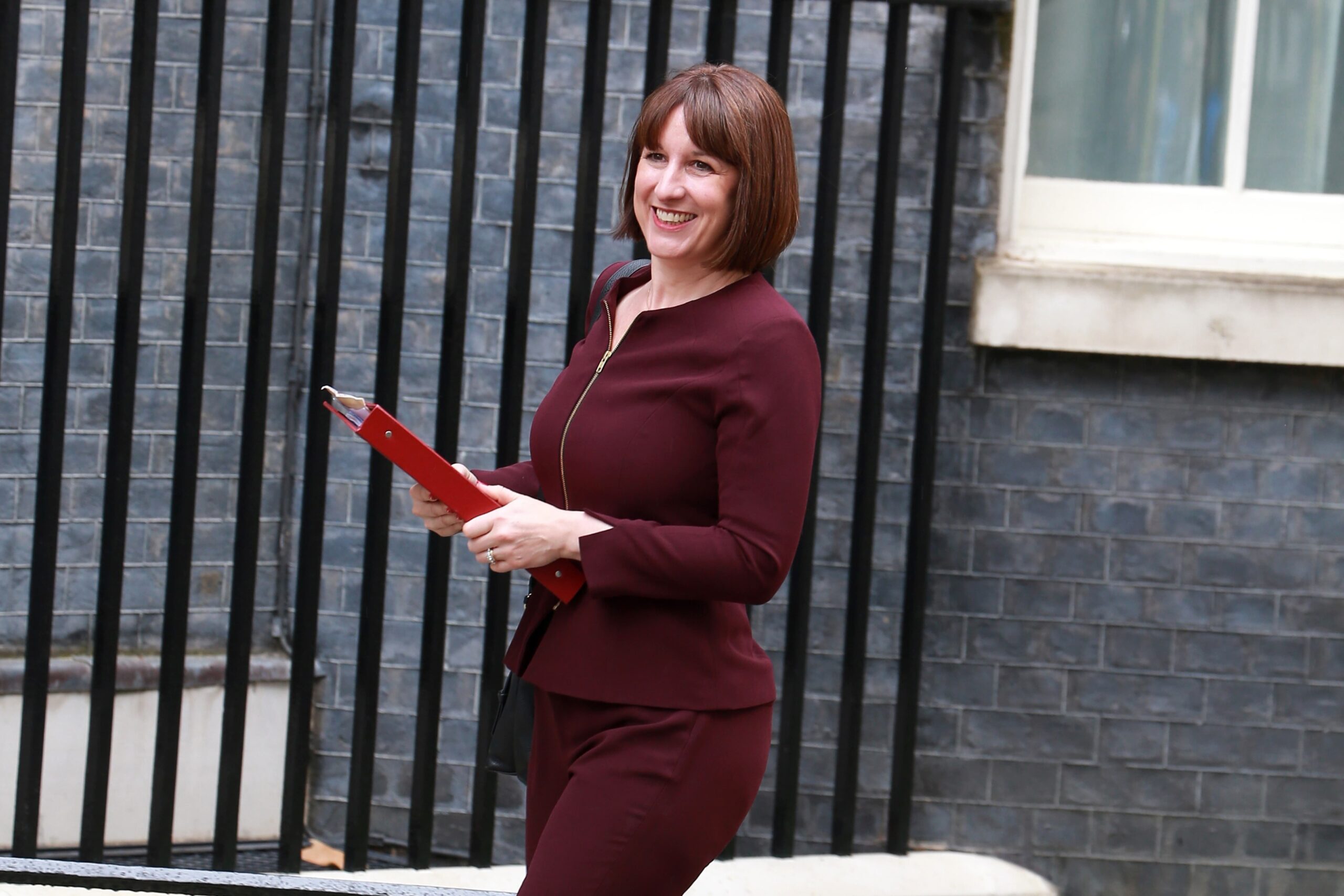
Investing? You need to know about “Open” and “Closed” investment architecture
Posted on: 21st October 2016 in
Investments
“Open” and “Closed” what?
We’re talking about “Open” and “Closed”
investment. These are types of investment “architectures” — the way, in other words, that the whole business of you buying an investment is handled by the professionals.
There’s the “open” model, which offers higher flexibility but higher costs, and the “closed” model which offers less choice but lower costs (usually).
Which model is your investment broker using?
It’s an important question to answer because it leads to others:
Are you really getting the choice of investments you think you are? Or are you being guided towards investments that make money for other people without you even knowing it?
Is your broker passing on expensive costs that could be avoided by simply opting for an in-house fund?
“Open” vs. “Closed” architecture is about choice, transparency and returns. It’s important that you as an expat investor, know what you’re dealing with. Because, if things go south, you could end up paying fees you don’t need to. And, worst case, you could see your entire investment disappear due to some sort of unregulated negligence.
What does Holborn Assets offer? “Open” or “Closed”?
Bang in line with the market, Holborn Assets offers an
“Open” investment architecture which also includes a suite of our own cost-cutting products. However you invest with us, you can have 100% confidence that you’re getting the full picture when it comes to fees – not only because we are regulated, but because our business is founded on long-term relationships with clients. And that can only come about on the foundation of trust and transparency.
What is “Open” investment architecture?
“Open” architecture gives you full access to the investment market. You can invest in your broker’s own products if you like, but you are also free to invest in everybody else’s.
What is “Closed” investment architecture?
With “Closed” architecture, you may only invest in the broker’s suite of in-house products.
Which is better for you? “Open” or “Closed” investment architecture?
It depends what you are looking for(as it always does when it comes to weighing up financial products). As a rule of thumb, the more sophisticated you want to get, the more “Open” you want your investment architecture to be.
“Open” – freedom of choice?
“Open” architecture has become increasingly common as clients demand more choice. Choice brings tangible investment advantages:
Your broker is free to service your financial needs without one hand tied behind his/her back. Your broker is not tied to delivering in-house products.
An “Open” investment architecture “can improve the client’s asset allocation and diversification, offer lower fees and provide better returns”. Active fund managers are a key area where more choice means potentially far more successful investment.
And let’s not forget about the enhanced risk management that “Open” investment can offer. There have been a number of legal cases in the US centring on the “fiduciary negligence” of some “Closed” brokerages for failing to spread client risk beyond their own products.
As investment analyst J. Cafariello points out, with closed architecture, “even if you spread your investments across multiple funds you are still technically putting all of your eggs in just one basket.”
“Closed” – freedom from cost?
“Closed” architecture cuts the middlemen out of an investment. It means doing everything in-house. It is, therefore, a generally cheaper way of doing investment business as your brokerage doesn’t have to share management fees with any outside agents, or spend money doing due diligence/compliance monitoring on external bodies/funds. “And let’s not forget,” writes analyst Cafariello, with “Open” architecture, “the involvement of a third party in the arrangement means one more finger in the pie taking a cut of your investment returns.”
A “Closed” broker also enjoys greater control over your investments — which can work hugely in your favour if your broker knows what he is doing and is working purely in your best interests as a client.
So a “Closed” brokerage offers lower costs and higher control over what investments you DO make — but, even more importantly — doesn’t expose you to the roguish elements of the open market.
“Open” investment architecture is unregulated and exposed to abuse. You can actually end up with what is known as “guided” architecture, where brokerages “guide” you towards their own products by adding more costs to the competition. And it can sometimes be almost impossible to work out what you truly stand to gain and lose as a client without expert-level financial analysis. Sure, that’s why you have a broker — to run the numbers. But you, as the client, need to understand exactly what is going on or you are vulnerable.
How “Open” is “Open” architecture anyway?
With “Open” architecture, your broker is empowered to choose on your behalf from the whole fund market. So you’d think some fairly exotic combinations of assets would be the result. But that’s not generally what happens.
What
actually happens in the fund market is a concentration of client money in top funds. Fundstrategy.co.uk reveals that one European platform sees 85% of the money coming in, going to just 20 out of the 400 asset managers on its books. Another European platform sees 60% of all revenues going to its top 20 names.
On the one hand, financial advisers are getting more relaxed about using many different fund managers. But, on the other hand, there is an opposite drive towards concentrating client money with just a few fund managers and passing on to the client the financial leverage gained through bulk-buying.
The bottom line
Run your own numbers. Whether you are working with an “Open” broker, a “Closed” broker or a “I still don’t understand what they do” broker, reinforce your own financial plans by running the numbers yourself of whatever deal/investment is proposed. And if your broker can’t explain the ins and outs of an investment to you so you TOTALLY understand, it’s their problem, not yours. It means that there’s something that’s not being fully explained. So don’t go there. The onus is on your broker to make cost and return projections crystal-clear. And then it doesn’t matter whether the investment structure is “Open” or “Closed” because you, as the investor, are clear as day about where your money is going and when you will see it again.




